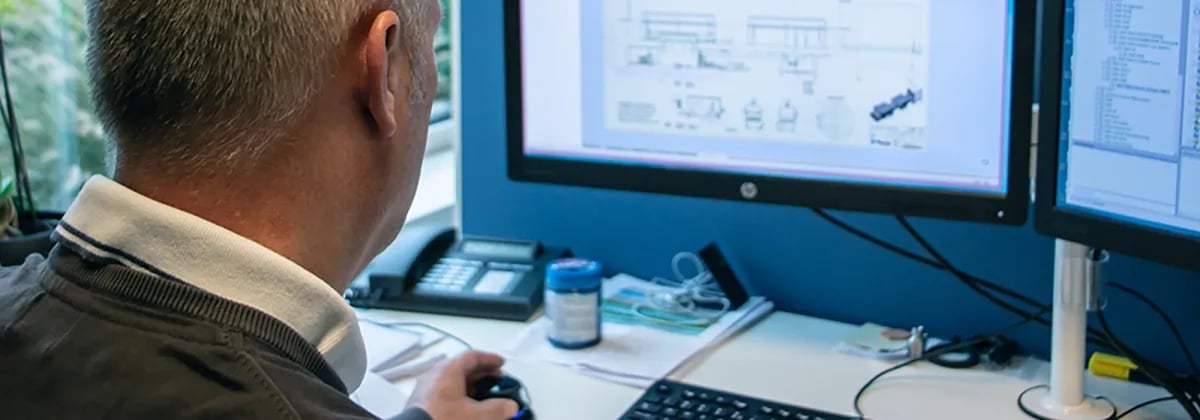
Practical provisions for complying with HACCP protocols.
Food safety is high on the agenda - with consumers, with governments and with the retail trade. Supermarkets, restaurants and catering suppliers do not want to run any risks and must be able to rely on the food industry to produce safe and wholesome food. Fortunately, the food industry in the Netherlands, as well as in the rest of Europe, takes hygiene directives and legislation very seriously. In order to keep the risks of contamination as low as possible, the HACCP guidelines is becoming increasingly easy because there are more possibilities for companies to monitor hygiene. The resources that can be deployed and the available control measures are diverse and constantly evolving and improving. With systems and products that ensure food safety, you stay in control and can guarentee the quality and safety of the food that you produce.
In this whitepaper, we will tell you more about the practical measures you can take within your company in the area of personal hygiene in order to be able to comply with HACCP guidelines. This white paper focuses on:
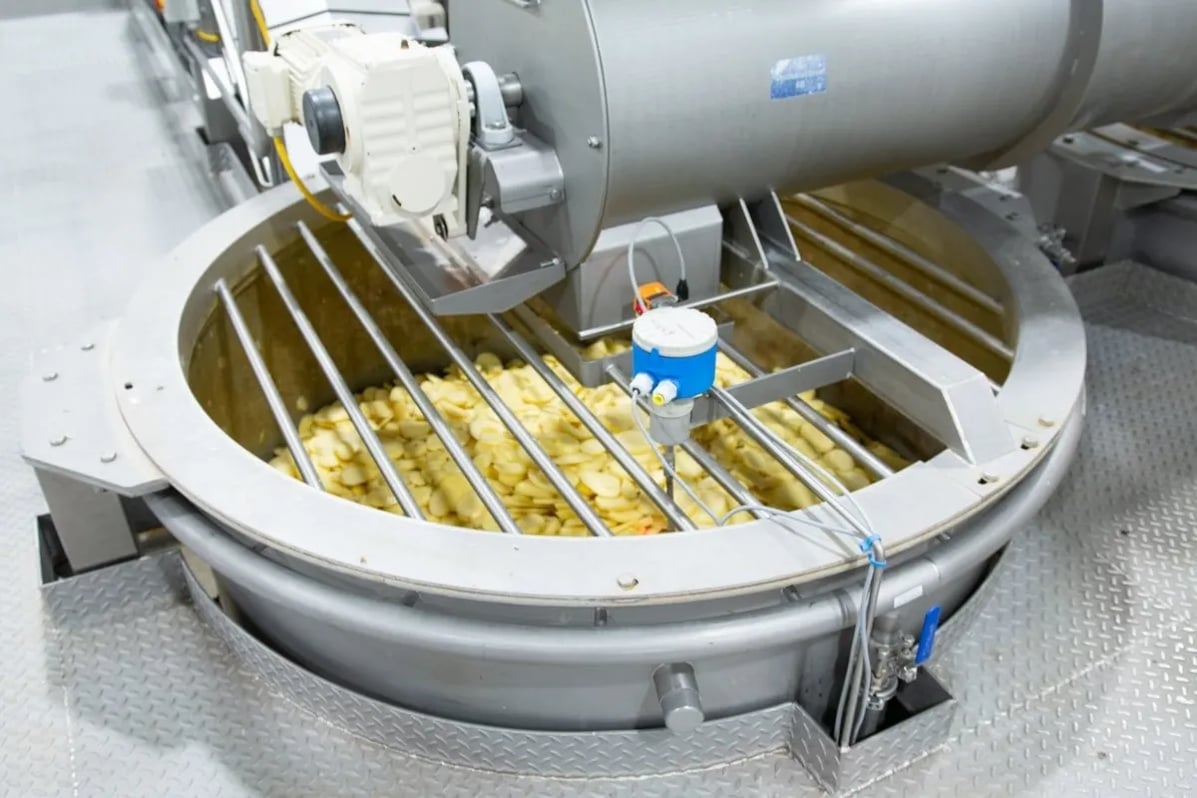
The HACCP guidelines are not a recent invention. NASA developed this system back in the 1960s in order to control the food consumed by astronauts.These Hazard Analysis and Critical Control Points methodology were later introduced for the entire food industry. In the meantime, the food industry, has been required to draw up a HACCP plans. HACCP is subject to European legislation, which means that the law applies to all countries within the European Union.
The following points are included in a HACCP plan:
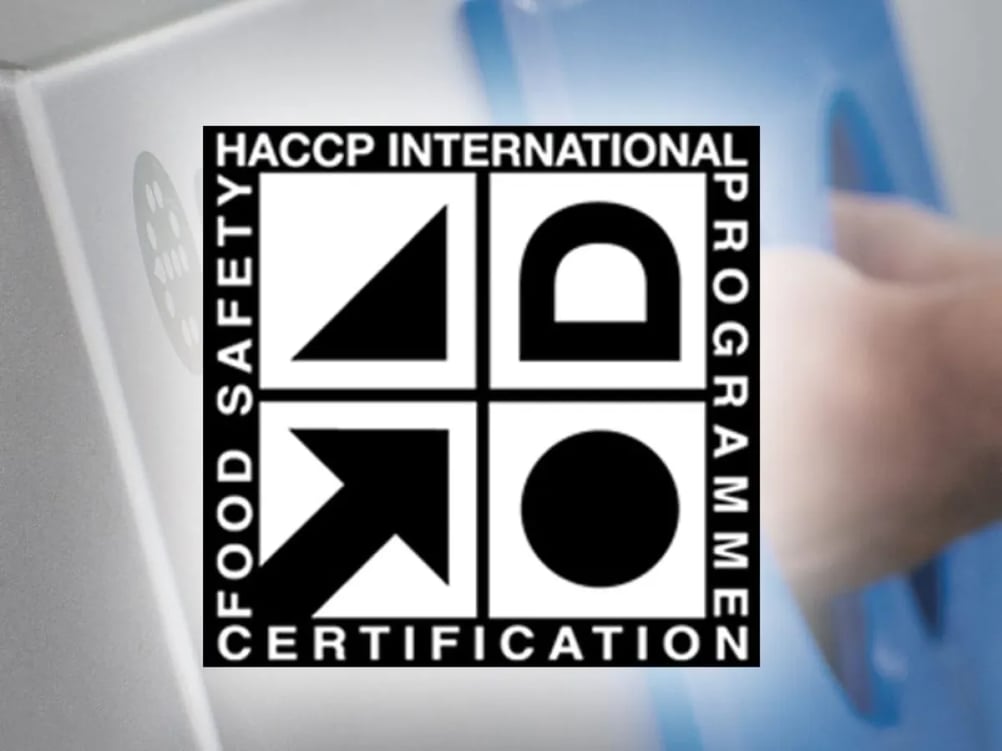
Where the emphasis lies depends on the nature of the business. In the meat industry, many risks are related to contamination. Cleaning and disinfection, pest control and personal hygiene are important factors. In a company where bread is made, the risk profiles are different and an HACCP plan is therefore set up in a slightly different way. Quality employees flesh out the plan and monitor its operation. The function of these employees is important because they monitor the standard and this standard means that a company has customers who can rely on the food safety of the company.
A food safety hazard that may be present in a product and can subsequently pose a threat to the health of the consumer when present at an unacceptable level. Think of bacteria, fungi, viruses, parasites, chemicals and physical hazards such as glass, metal etc.
Analysing possible hazards. An
assessment must be made of the risks consisting of the combination of the likelihood of danger and the seriousness of the consequences for public health.
Points in the process that need to be kept under control in order to prevent or reduce a hazard to an accep- table level.
When a business wants to create safe food, personal hygiene is critical. In order to meet strict hygiene standards, nothing should be left to chance. You want to have and maintain control. There are various ways to take control: A well-equipped hygiene room forces the employees to comply with hygiene requirements. Of course it is important that this system fits your organisation in several ways. It must fit in the guidelines you are implementing, at the time and in the time frame reserved for personal hygiene, and the system must suit the premises and the various production areas. Diverse challenges can be tackled per element or merged into a plan that accurately identifies the moments, locations and needs. The objective is food safety, and the way in which this is to be achieved must be efficient, transparant and affordable.
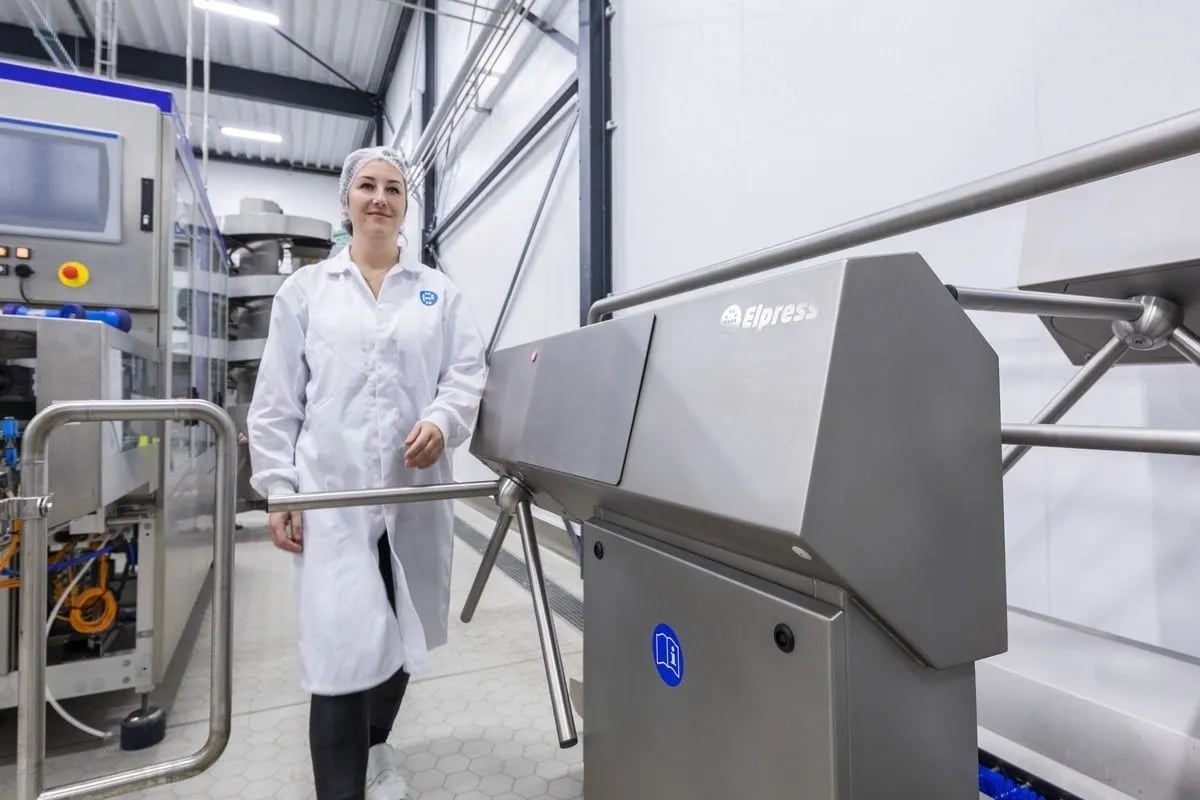
An HACCP plan is set up by identifying what can go wrong and how this can be prevented at each stage in the production process. This is also the case with personal hygiene solutions. This aspect is often underestimated within the is one side of the story; employees need to be aware of their responsibility and how to bear it. On the other hand, a company needs applications such as:
In a well-configured location, these application provide accurate access control.
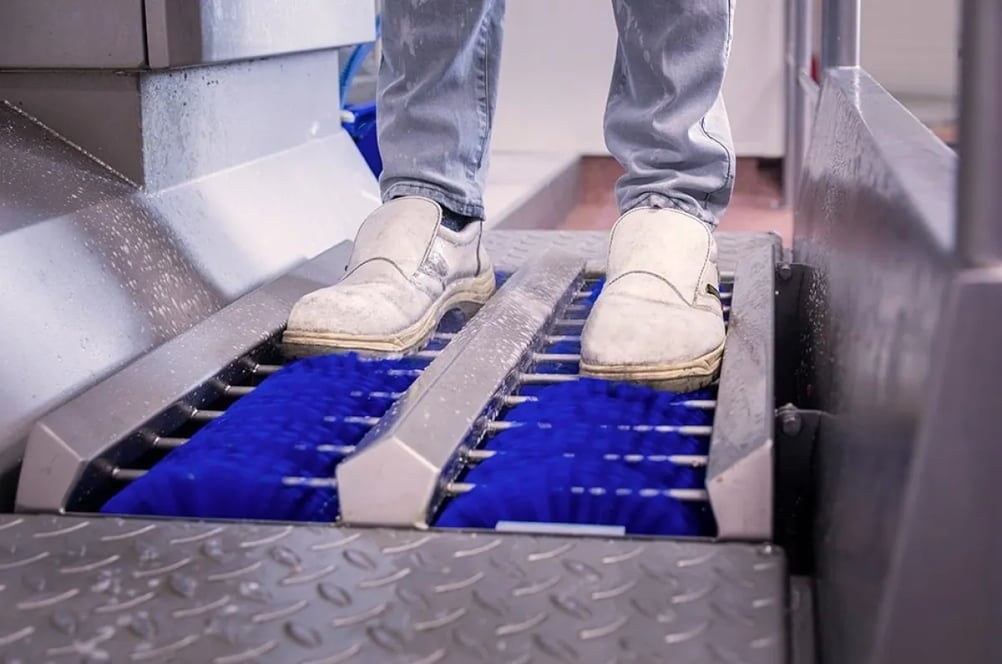
Customised solutions are offered in a hygiene lock. Employees reach the work floor via the lock or are forced to move from one room to another via a lock. Because the lock is the only passageway, the employees walk through a system containing the necessary disinfection procedures. Depending on the degree of coercion required to ensure personal hygiene, gates can be set to open only after an operation has been completed. Pictograms make it clear what the routing is and what is to be done. These pictograms are important because there are many foreign employees working in the food industry or new Dutch citizens who do not always have a good command of the language. Of course, this explanation is only relevant for new employees and when the hygiene lock has just been installed. For many people, everything will be clear very quickly.
The hygiene locks are made up of several elements. It may seem like a complicated construction, especially since we are also talking about the pictograms above. However, in practice, the employees go through the lock in this way. We can see that the lock promotes employees reach the production area more quickly.
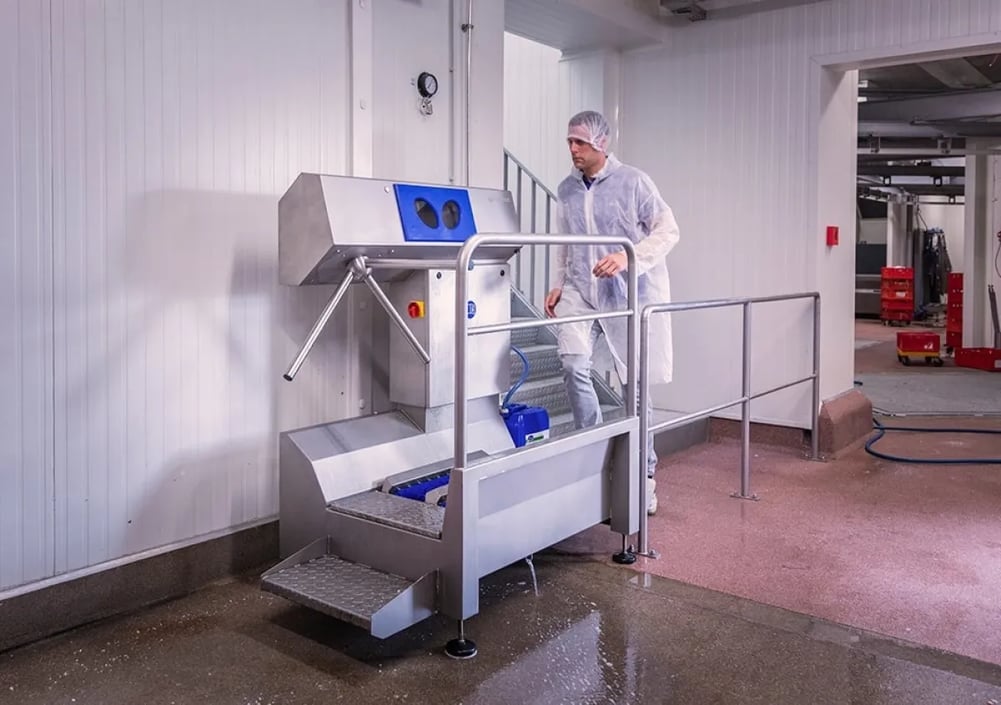
Cleaning the hands is essential under HACCP. After a visit to the toilet, lunch or a smoking break, or touching a contaminated surface, the hands must be washed, dried and disinfected. The hand cleaning can be part of a hygiene lock or a stand-alone element. Soap, drying equipment and a dispenser with disinfectant are easy to integrate.
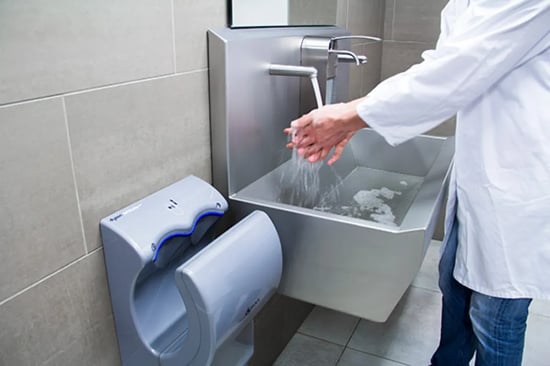
An automatic soap dispenser or dosing unit must be passed through when entering the workspace. The unit works with an entrance gate called a turnstile. When the hands are inserted into the cylinders of the unit, sensors are activated. The santiser or soap is automatically applied to the hands and only when this has been done is the turnstile released, allowing the worker to gain access to the next room.
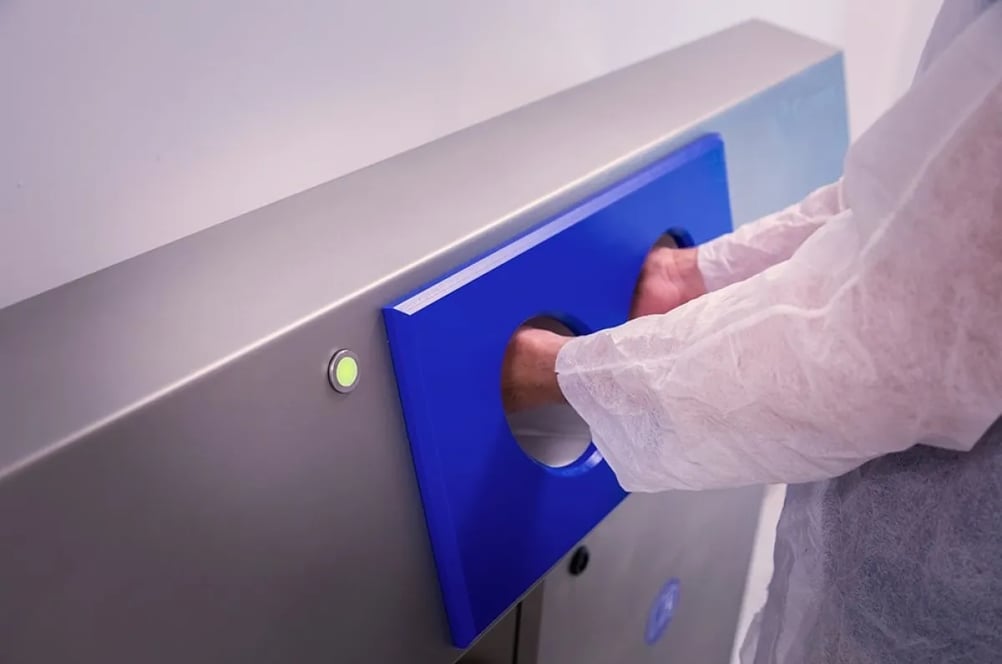
The soles of shoes carry a lot of visible and invisible dirt and microorganisms into the workspaces. Cleaning and disinfecting the shoe soles is therefore an important part of personal hygiene under the HACCP guidelines. There are various types of cleaners available:
Sensors or push buttons activate the systems and clean shoes and boots effectively.
After cleaning, disinfection takes place. A special bath is used to sanitize shoes or boots. The bath is automatically refilled with disinfectant, so that the system does not have to stop and progress does not come under pressure. Automatic adjustment also ensures that the use of chemical products never exceeds what is strictly necessary.
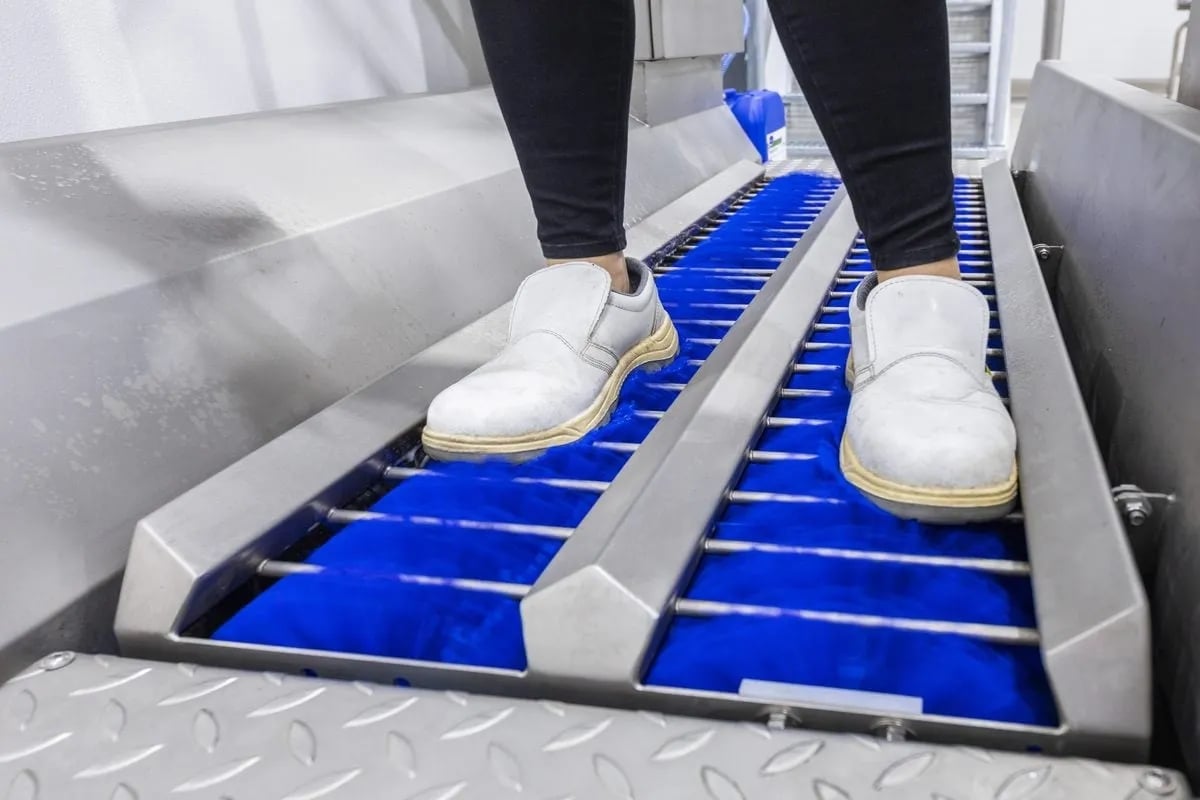
Ensuring hygiene requires proper allocation of space for storage, drying space and space for the systems that clean and disinfect. Think of Lockers where we work clothes can be stored and where hairnets and gloves are kept in stock. A bench seat to sit on when putting on work shoes or boots and a drying rack for those shoes at the end of the working day is needed. Apron racks and apron washing facilities are also required in many food companies. All in all, these functions require space and, above all, a good layout of that space. Employees should not interfere with each other, especially when shifts are changing. Wahsbasins and other cleaning systems must also fit seamlessly into a logical flow. The prior monitoring of the flows of employees and the actions they perform at certain times in the context of HACCP provides insight. This insight helps to choose a logical layout in which hygiene is guaranteed and the process run effectively without taking up too much time.
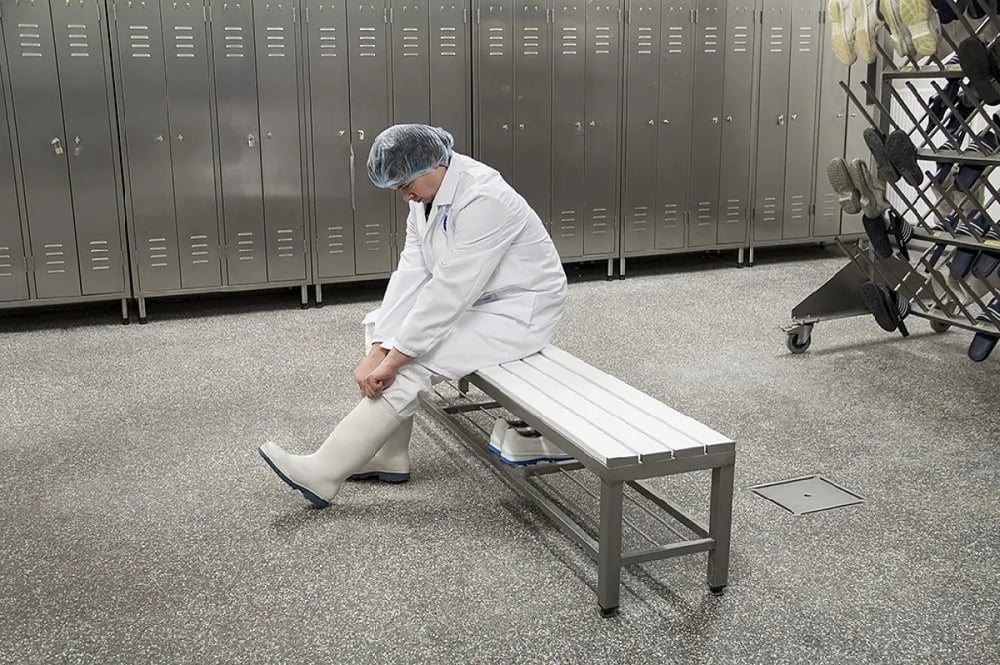
The installation of systems and products must be adapted to the company. Standard solutions may suffice, but customisation often works better. Quality is determined on the one hand by the means, and on the other by the use of those means. If you opt for a hygiene lock, it is good to have the situation assessed by an expert first. This expert will take all circumstances into account and think not only in terms of products and systems but also in terms of use by employees.
Elpress is such an expert. We have already been able to help many companies implement important elements of their HACCP policy by deploying our expertise and supplying systems and products. For smaller organisations, we look at what resources are needed to achieve their objectives. We think along with you, which means we will never make things more complicated or bigger than they need to be. Larger companies often have greater challenges when it comes to issues of personal hygiene. With our extensive experience, we know what it takes for employees to do the right thing at the right time, without them getting in each other’s way. In addition, the service team is on hand to help if there are any questions or things change within your company. We do more than just develop and place products; we are your partner for personal hygiene within the HACCP guidelines.
Developments take place rapidly nowadays and not just in our company. Standards change, possibilities are expanded. Consumers demand and expect more, governments and other bodies are directly concerned with regulation and control. In this rapidly changing world, it is important to keep in touch with your wishes. Elpress from Boxmeer has over 40 years of experience in industrial hygiene. During those 40 years, we have always been able to anticipate our customers’ needs. Because we are a total supplier, we have a clear insight into how everything works. Our own engineers design new systems and products and improve applications. This lets us directly shape the changing demand.
Our progressive approach, always with quality control, is reflected in the fact that Elpress is the first, and so far the only, manufacturer of hygiene locks in the world, whose products are independently recognised for supporting your HACCP environment verified by HACCP International certification.
Anyone who is consciously concerned about the future also thinks about sustainability. For us, sustainability starts with offering high-quality products and systems. In this way, your company can use our solutions for a long time. Some parts are subject to wear and tear, simply as a result of daily use. By ordering individual parts, such as brushes, couplings and taps, you can replace elements without having to quickly replace an entire product. Sustainability also has to do with the right applications; in other words, customisations. If the situation is well thought out, there is a greater chance that the solution will be future-proof and therefore sustainable.
Another factor is that our systems have low levels of power consumption. Because many products work with sensors, they can switch themselves off when not in use.
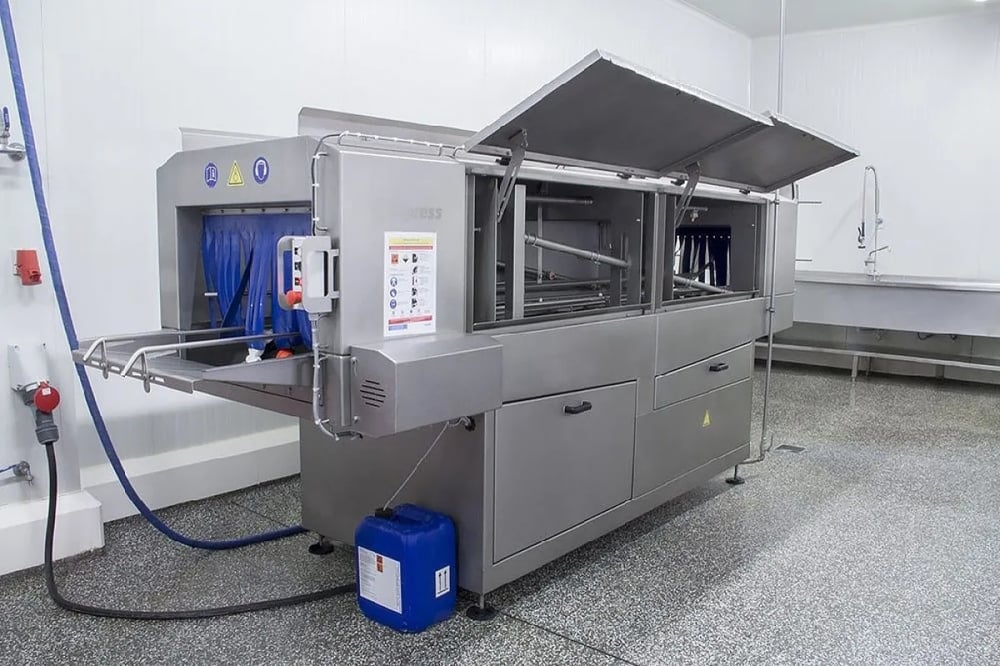
Demonstrable food safety in accordance with HACCP guidelines or a hygiene code, can only be achieved if it can be demonstrated in practice that products are handled in a responsible and safe manner. It must be demonstrated that all relevant conditions and process requirements from the Hygiene Code are met in practice. Adequate design, cleaning and disinfection of premises and equipment and personal hygiene are the basis for working hygienically.
In order to be able to implement food safety in practice, it is necessary to comply with HACCP guidelines. This means, in practice, aspects such as:
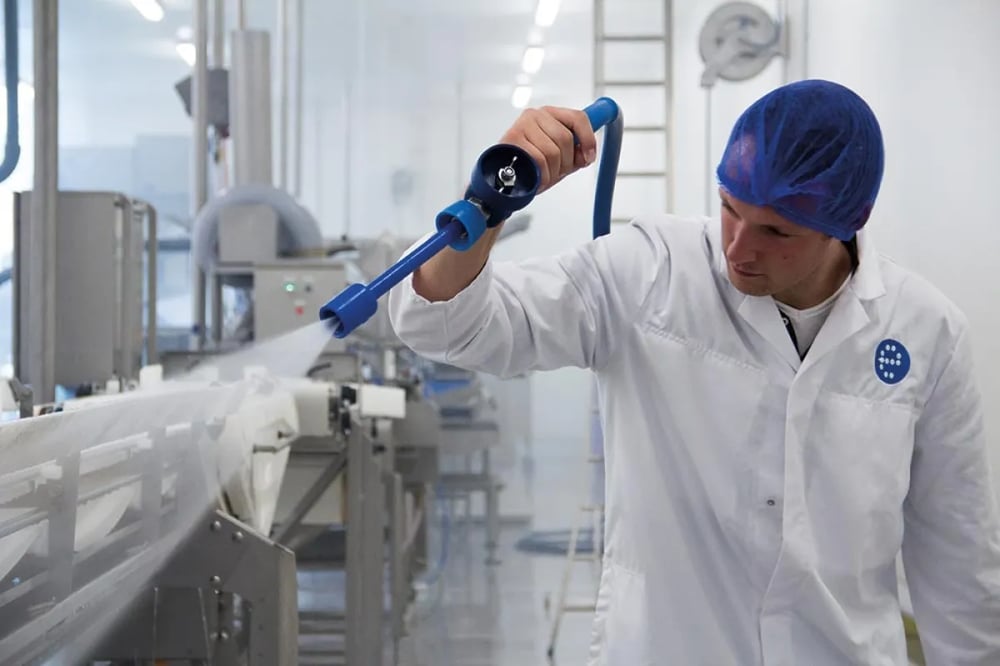
To clarify what this means in practice in regard to hygiene and sanitation, a number of passages from the ‘Dutch Hygiene Code for poultry slaughterhouses and cutting plants' and the 'Dutch Hygiene Code for the AGF Retail Trade' have been taken as examples below:
Premises must be clean, maintained in good repair and well-lit. Pests must also be prevented from entering the premises. The premises must be constructed and equipped in such a way that all parts of them can be properly cleaned and disinfected. It must be possible to properly clean and disinfect materials and equipment which may come into contact with foodstuffs and beverages. Only purchase materials that have been made for their intended use. When installing equipment, make sure that the areas surrounding the equipment can also be cleaned properly. Minimise the risk of contamination of food and drink products.
Hand washing facilities. Wash basins should be available at all workplaces so that hands can be washed with water and disinfectant soap during work. The taps must not be fitted with hand or arm controls and shall therefore be operable by knee, foot, infrared, etc. The water should not be cold. Disinfecting soap should be available next to the washbasin.
All employees must ensure good personal hygiene and must wear appropriate, clean and, where necessary, protective clothing, gloves or hair. Staff must be given clear instructions for cleaning and disinfecting. With the presence of instructions at the workplace, you can show that attention has been paid to this.
In summary, if food suppliers want to be able to comply with the legislation, then it is important to put the hygiene process in order by drawing up a hygiene plan in accordance with HACCP guidelines (or embrace the hygiene code if allowed) and to substantiate this physically with adequate equipment, the purchase of hygiene facilities and the training and education of personnel.
Do you want a no-obligation discussion about practical provisions that you can implement within your company? Then schedule an appointment with me.
